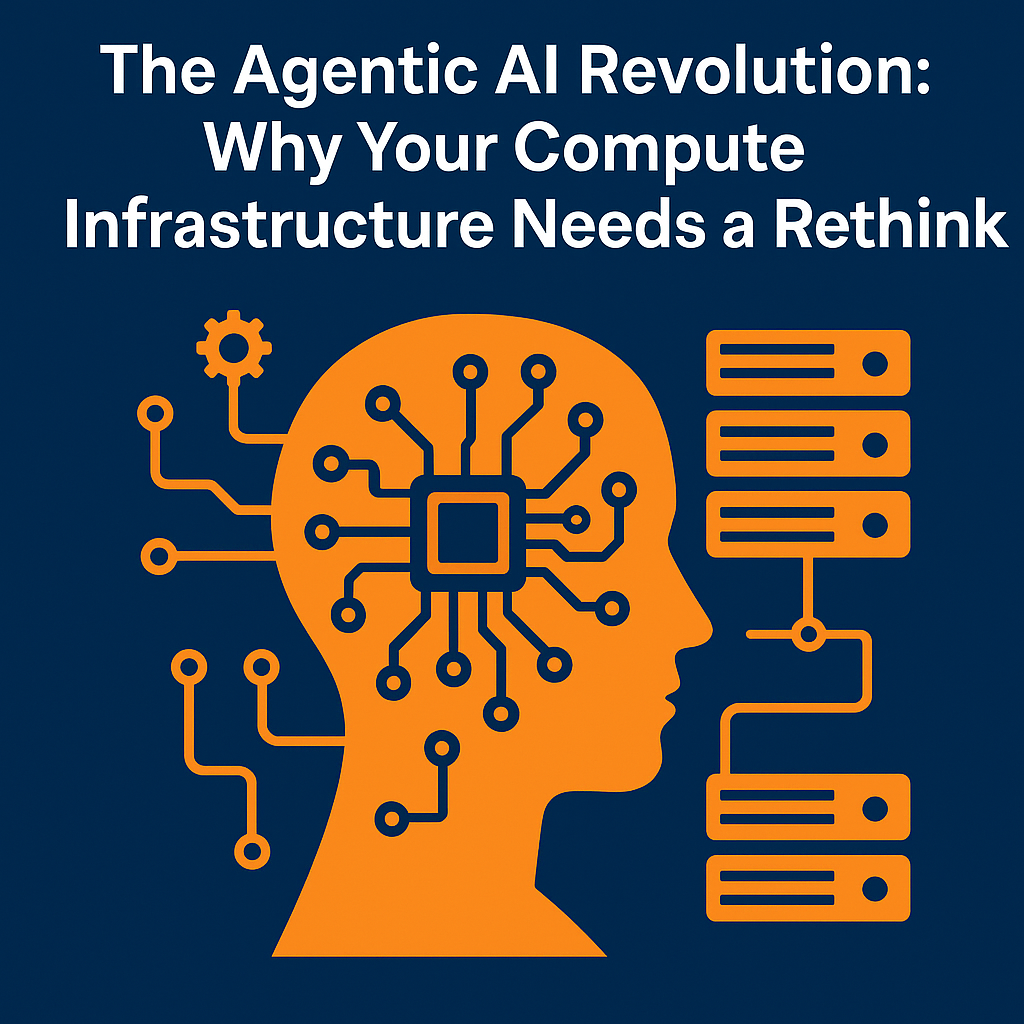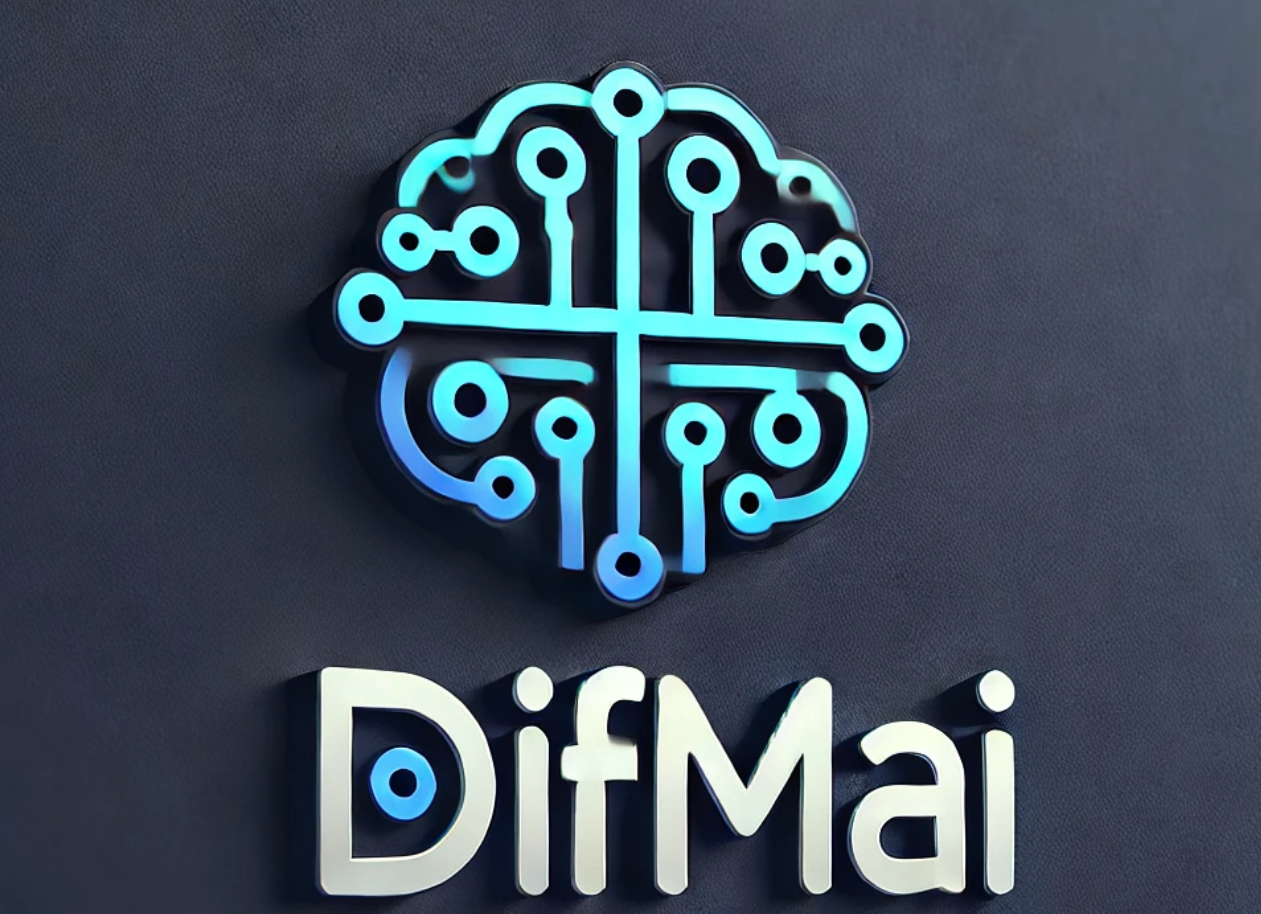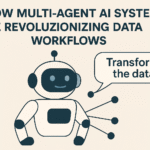TL;DRAgentic AI is no longer just a buzzword—it’s forcing a total reimagining of how we build, cool, and connect our data centers. From custom silicon to edge computing and energy-efficient systems, the future of computing is being rewritten in real-time.
The Agentic AI Revolution: Why Your Compute Infrastructure Needs a Rethink
If you thought AI infrastructure peaked with ChatGPT or those beefy GPUs running LLMs, think again. Agentic AI is changing the game—not just in terms of what machines can do, but how they do it.Unlike traditional AI that spits out a response and stops, Agentic AI models are persistent. They plan. They collaborate. They monitor and act autonomously over time, often in concert with other agents. Think of a swarm of intelligent bots negotiating a supply chain or a fleet of virtual assistants handling customer queries across languages and regions—all at once. That’s not just software evolution—it’s a tectonic shift in compute needs.
Why Old School Infrastructure Won’t Cut It
The infrastructure designed for old AI (even LLMs) isn’t built to handle these kinds of persistent, real-time, distributed workloads. Here’s why:Latency is now mission-critical
Agents don’t just work in isolation—they interact. That means data needs to move fast and smoothly. Even milliseconds of delay can cause entire chains of agent decisions to go haywire.Standard chips are too general-purpose
General CPUs or even traditional GPUs struggle with real-time multi-agent workloads. That’s why we’re seeing a massive shift to purpose-built silicon.
🚀 Hardware Roadmaps: The New Chip Wars
Let’s break down who’s doing what in this arms race:AMD
They’re pushing forward with their MI300X and upcoming MI350 series, optimized for AI inference and multitasking agents. These chips are designed with memory bandwidth and low latency in mind—critical for multi-agent reasoning.Google Cloud (TPUs)
Google’s Ironwood TPUs represent their latest leap in performance per watt. These are tightly integrated with their internal agent frameworks, enabling things like search-based planning and collaborative problem-solving across services.Lenovo & Liquid Cooling
You might not associate Lenovo with cutting-edge AI, but they’re aggressively building out water-cooled infrastructure to handle the massive energy and heat output of agent-driven systems. In some modern AI data centers, cooling now takes up to 40% of power. Lenovo’s liquid-based racks are a preview of the thermally-optimized future.Meta & OpenAI
While Meta is investing in agent architecture research, OpenAI is focused on horizontal scaling—enabling persistent agents to communicate across cloud and local environments in near real time.
🏗️ Rethinking Infrastructure: The Rise of Edge + Co-Design
As Agentic AI scales, compute will no longer be centralized in cloud data centers. Instead:Edge Computing: Expect agents running on IoT devices, vehicles, and even wearables. This cuts down latency and bandwidth costs.Hardware–Software Co-Design: OpenAI, Anthropic, and others are now designing hardware in tandem with software. This vertical integration optimizes compute down to the transistor level.Think about that: we’ve gone from using off-the-shelf GPUs to teams building chips just for their agents.
🌍 Real-World Examples You’ll See in 2025
A retailer’s autonomous agents tracking inventory, predicting reorders, and negotiating prices—with no human in the loop.Smart vehicles with on-board agents coordinating traffic flow, rerouting deliveries, and self-diagnosing mechanical issues.Healthcare bots that persist across visits, coordinate specialist appointments, and follow up with patients on medication routines.All these scenarios demand low-latency, high-efficiency, real-time compute—and infrastructure that traditional AI can’t handle.
Final Thought: You’re Not Ready. But You Can Be.
Agentic AI isn’t just about smarter bots. It’s about a whole new digital nervous system that we’re racing to build—from the chip level to the cloud fabric. If your compute strategy still revolves around provisioning some GPUs and calling it a day, you’re behind. The future is dynamic, distributed, and deeply agentic.



